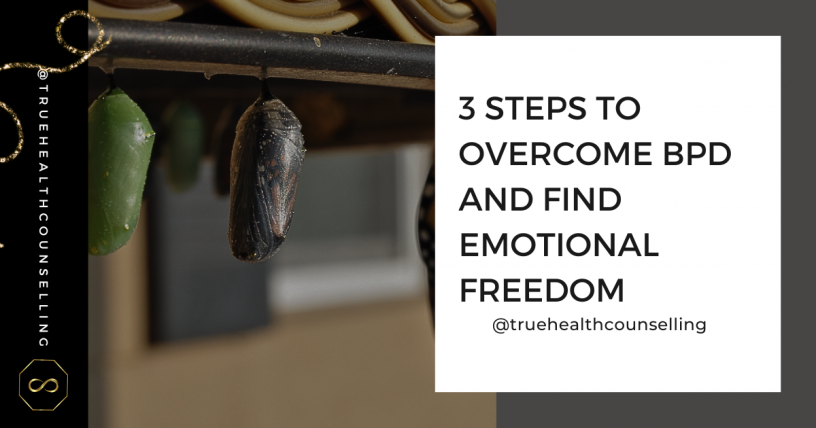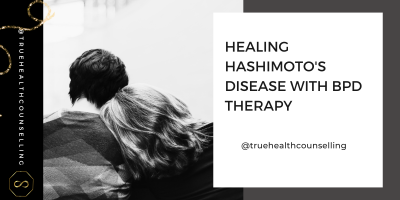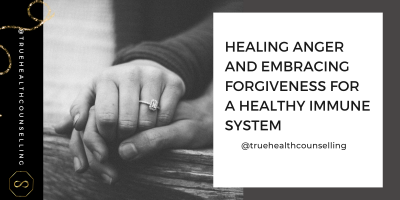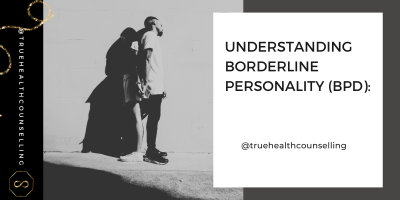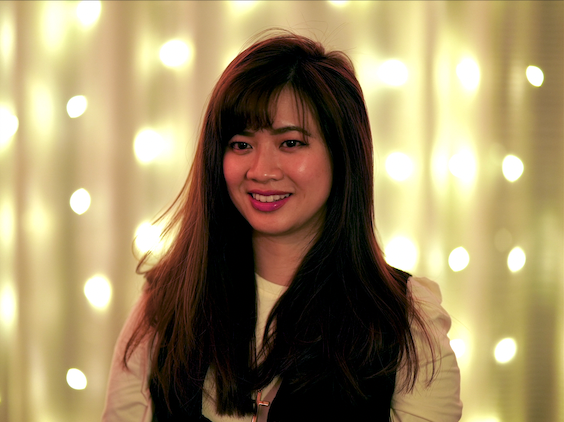3 Transformative Steps to Overcome BPD and Find Emotional Freedom
Introduction
Emotional healing is a profound journey, especially for those who have experienced dysfunction or abuse within their families. The road to recovery from Borderline Personality Disorder (BPD) can be challenging, but it is possible with the right approach and dedication. We will explore 3 crucial steps that can help you break free from the chains of unregulated emotions and find emotional balance.
Step 1: Separating Self-Identity from Family Dynamics
Taking the first step towards BPD recovery involves recognizing the entanglement of identities and emotions that often occurs in families with dysfunction. Understand that your parents’ opinions and thoughts about you do not define who you are as a person. Nobody owns you, and their negativity is a reflection of their own issues, not your worth.
While seeking validation from others is natural, it’s essential not to become overly dependent on external approval. Placing your power in someone else’s hands can lead to feelings of helplessness and frustration when expectations are not met. Remind yourself that other people may not be capable of showing up for you in the way you need, and that’s okay. By freeing yourself from the burden of others’ judgments, you can begin to reclaim your sense of self.
Step 2: Acknowledging and Expressing Emotions
Denial of emotions can lead to repressed anger, which can take a toll on both mental and physical health. To embark on the path of healing, it’s crucial to stop dismissing your feelings and start acknowledging your deep-seated anger. Avoid denying your emotions, as doing so will only hold you back from growth and recovery. Even if others may dismiss your feelings, it’s vital not to invalidate yourself.
Connecting with your emotions on a conscious and physical level is key. Practices such as tapping, deep breathing, and gentle self-massage can help release pent-up anger and emotional toxins from your body. It’s time to validate your feelings and allow yourself to
experience and express anger safely. Find constructive outlets to channel your emotions, such as expressing yourself through music or physical activities like punching a pillow or kicking a bed. This will aid in regulating and balancing your emotional state.
Step 3: Letting Go of Control and Addressing Unmet Needs
As you move forward in your recovery journey and separate yourself from your parents’ expectations, it’s essential to identify any unmet emotional needs. Understand that codependent power struggles and unresolved anger might still be affecting your emotional landscape.
In the process of trauma healing, certain tools and supplements can assist your journey. Consider incorporating a helpful supplement to aid in managing mood balance, peace, and insulin levels. Additionally, focus on nurturing your emotional and autoimmune systems, as well as your sexual and creative energy.
For those who struggle with feeling safe in past relationships, connecting with a higher power can be instrumental. Letting go of the need for control and surrendering your feelings to a higher source can offer a sense of peace and release from obsessive-compulsive tendencies.
Conclusion
The path to BPD recovery is a transformative journey that requires dedication and perseverance. By separating self-identity from family dynamics, acknowledging and expressing emotions, and letting go of the need for control, you can pave the way to emotional freedom and self-discovery.
Remember, the process may be challenging, and denial might hinder your progress, but it’s crucial to keep going. Turning to a higher power for support and guidance can provide a sense of peace and comfort during this transformative process.
Letting go of control and understanding that we cannot change others is a humbling realization, but it brings about a profound sense of peace. Embracing these spiritual perspectives not only leads to emotional healing but also reduces stress, creating a healthier way of living for your mind and body.
Recovery from BPD is possible, and by taking these three steps, you can break free from the cycle of unregulated emotions and find harmony within yourself. Embrace this journey of healing, and remember, you are not alone on this path. The power to heal lies within you, and with the right tools and mindset, emotional freedom is within reach.
